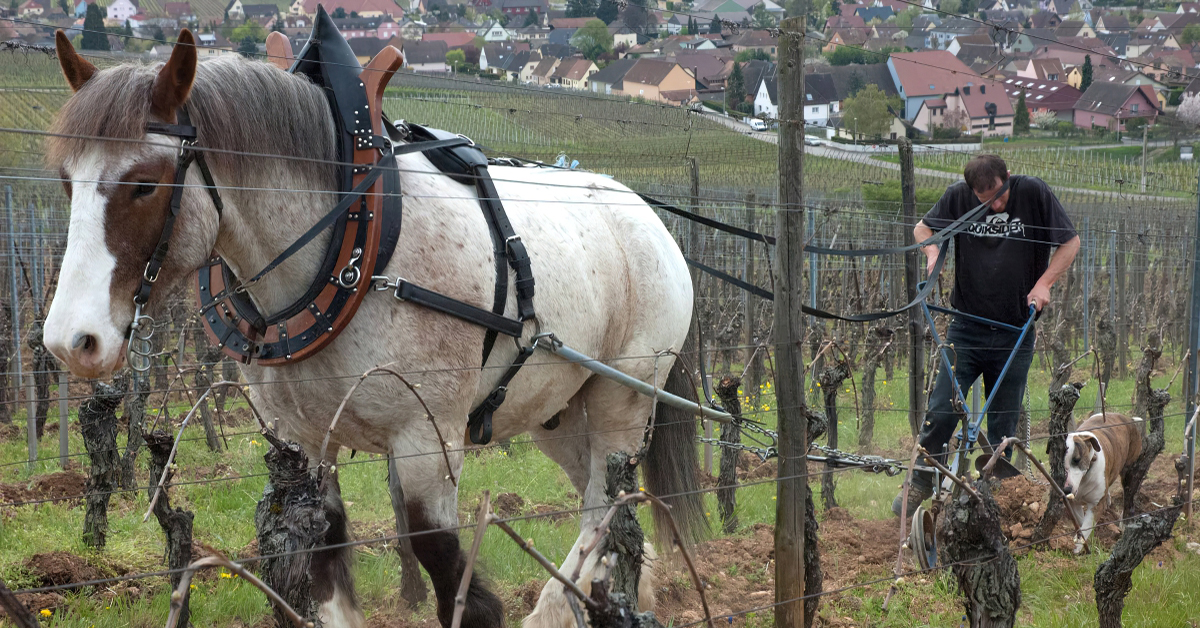
Domaine du Chateau Larroque
Pascal Bozzi in his cellar There are five hectares of vines (along with seventy-five hectares of cereals, sunflowers, and pasturage) at this ancient working farm in Sainte Christie, in the heart of the Armagnac region. Pascal Bozzi renovated the original eighteenth-century cellar ten years ago, and with the help of his enologist friend Stéphane Beuret, grows about 2000 cases of the most elegant red wine in all of the Côtes de Gascogne. Stéphane Beuret is best known for his work at the University of Bordeaux, where he won the Conseil Interprofessionnel du Vin de Bordeaux Grand Prix in 1998. Today, his meticulous cellar work at Château Larroque (which includes aging the wine for twelve months in neutral barrels he buys from his clients in Bordeaux), along with Pascal’s impeccable organic farming (his Aubrac beef cattle enrich the compost), results in a unique wine that puts many more expensive Bordeaux to shame.









